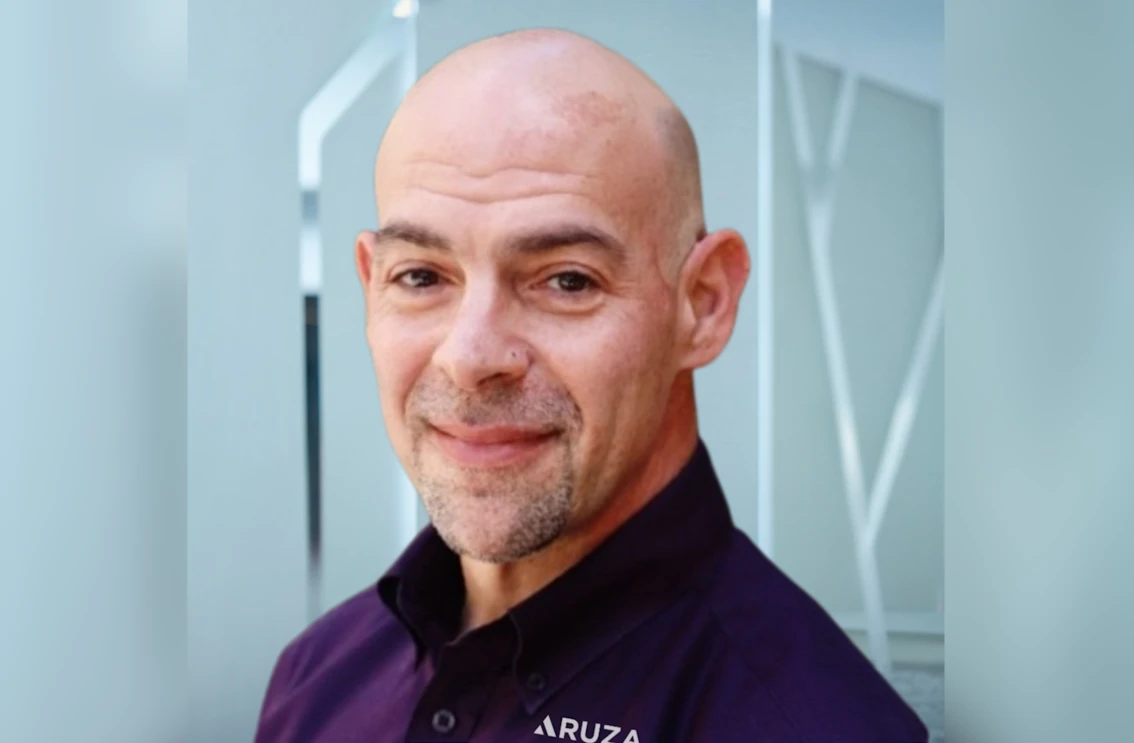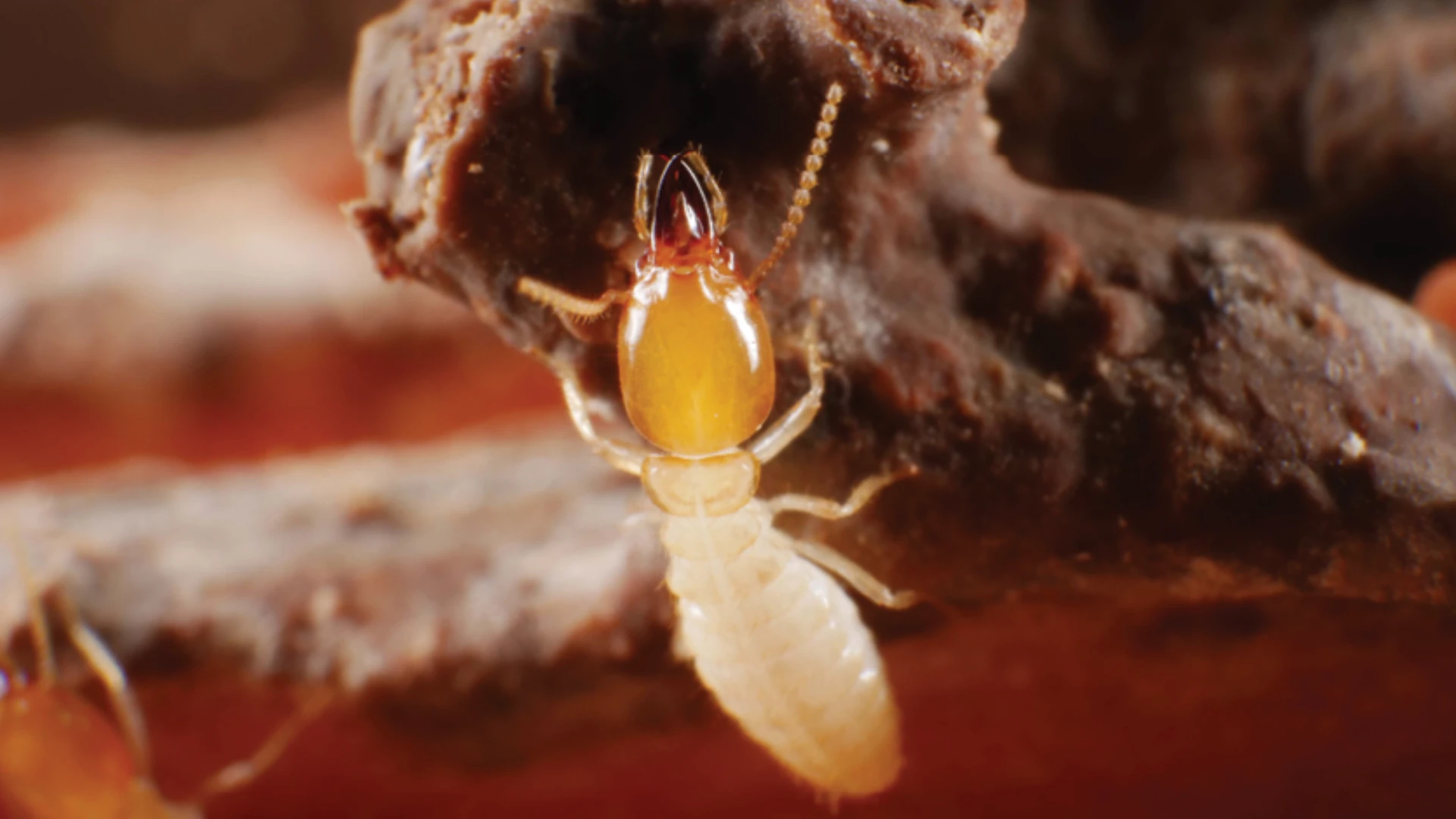FMC's new bed bug detection device, Verifi, was introduced on Oct. 19 during PestWorld 2011 in New Orleans. Billed by the manufacturer as an innovative new device, Verifi is FMC's foray into the monitoring and detection segment of the bed bug business.
FMC Professional Solutions Business Director Amy O'Shea, speaking at the Verifi product launch, said while the bed bug business has been incredibly strong over the last several years, "what's been challenging the industry is finding those bed bugs, and not only finding them, but finding a way to confirm that you have actually had a successful control program."


FMC says its patent-pending Verifi will help PMPs do just that. The plastic off-white, box-shaped device, about the size of a carbon monoxide detector, holds three replaceable attractants to lure bed bugs that are either searching for a host or looking for harborage. Described as an easy-to-use, affordable and effective device, Verifi is being marketed as a system that will allow PMPs to create an ongoing monitoring and detection service, and as such, open up a new, ongoing revenue source.
"This ground-breaking new device will change the way PMPs look at bed bug detection forever," said O'Shea. "It will put PMPs on the cutting edge of technology, but more importantly it will open up significant new revenue streams for their business." Do industry experts agree? PCT talked to a number of professionals involved in the R&D behind Verifi to get the low-down on this new device.
How it works. Verifi's largest internal component is a carbon dioxide-emitting cartridge that, when activated through a chemical reaction, is designed to mimic a human host for about 24 hours, to get bed bugs moving/oriented toward the device. A kairomone lure that lasts for 90 days also attracts host-seeking bed bugs, drawing them into the device. Both the carbon dioxide and the kairomone are vented from the top of the Verifi unit, where bed bugs in search of a blood meal are attracted to a slick pitfall they fall into and can't escape.
Meanwhile, the separately vented aggregation pheromone attracts bed bugs to the harborage area on the back of the device. While the harborage doesn't trap bed bugs, its grooved, dark design — combined with the pheromone lure — is intended to encourage bed bugs to aggregate and settle there. Although they're vented in separate locations, both the kairomone and pheromone lures are combined in one replaceable capsule inside the core of the Verifi unit.
The carbon dioxide cartridge, typically activated upon placement of the device, emits carbon dioxide for about 24 hours, while the kairomone and pheromone lures are continuously and uniformly emitted for up to 90 days, FMC says. PMPs need to check the device for bed bugs one to seven days after activation of the CO2 booster, and then again after 90 days to check for bed bugs and to refill the attractants.
For ongoing detection, FMC suggests four detectors be strategically placed within rooms where bed bugs are suspected: along baseboards behind beds, behind headboards, on bed frames and near upholstered furniture. Each Verifi device is expected to be sold for about $27, and replacement CO2 cartridges and double-lure capsules are expected to cost $7 each.
Industry support. Over the product's three-year development process, FMC tested a number of different versions, seeking assistance and feedback from industry experts in the process. The company ran field trials around the country with the help of university researchers and pest management professionals. Some testing compared Verifi to other detection tools such as canine detection teams, dry ice traps and visual inspections.
Experts involved in the testing of Verifi generally agree that the device is innovative and has a number of applications in both commercial and residential settings. And while it may not be perfect, they say, it could revolutionize bed bug detection.
"I think the first thing it's going to do is improve the communication between the pest control company and the customer," said Dr. Phil Koehler, professor of urban entomology at the University of Florida said. "Right now (communication is) on the basis of complaints." Koehler says Verifi is a device that can provide early detection of bed bugs, whether it's before or after treatment.
One of Koehler's roles in the development process was to fine-tune the placement of Verifi's attractants. "In some cases you have detectors on the market that confuse the signals," said Koehler. "A bed bug attracted to a host is not necessarily going to hide in a harborage." His testing and recommendations helped Verifi overcome that problem. "What we found was that when we put the signals out correctly, in other words the harborage components are coming out of the harborage and the host components are coming out of the pitfall trap, that you catch 10 times more bugs than you do if you confuse them.
"As far as I know, it's the first dual-action detector that's on the market," Koehler said.
Dr. Susan Jones, associate professor of entomology at The Ohio State University, studied Verifi's effectiveness in the field compared to other methods, such as canine detection and do-it-yourself dry ice traps. For the study, Jones tested all three methods in 20 high-rise units, and found Verifi's error rate was comparable to or better than the other methods, she said. "So it was right on par with those detection methods," she said.
Jones says Verifi is going to prove useful for PMPs. "This is something that we've needed for a long time," she said. "It takes so much time to do a visual inspection and this...will help remove that, particularly for places that have a low-level infestation." She observed that Verifi compares favorably to dog teams, which can be expensive and which have to be brought in repeatedly, "vs. something like the Verifi that you leave in place and it continues to do the detection for you over time." Jones also said Verifi can help PMPs decide whether a treatment is merited when customers believe they have bed bugs but inspections come up blank.
The experts note that placement of the Verifi devices plays a key role in how effective it is. "It's probably only effective over a distance of about three to four feet, so it's necessary to place it where bed bugs are normally hiding," Koehler said. His tests have shown that once the carbon dioxide booster is activated, "it's a matter of minutes" for nearby bed bugs to find it. Both Koehler and Jones said the pheromone and kairomone lures continue to be attractive to bed bugs even after the CO2 component is gone. "We continued to get more and more bed bugs in the same traps," said Jones, "and we got new traps infested with bed bugs after the CO2 was depleted."
Rick Ekins, marketing manager for FMC Professional Solutions, said the Verifi was purposely designed to be unobtrusive in appearance, much the same way as carbon monoxide detectors. "The homeowner basically forgets that it's even in there," he said at the product launch.
But that may not be the case with curious hotel patrons, Jones observed. "If a guest finds it, then they're going to want to know what it is," she said. "That is a potential issue for any type of bed bug detection device."
Marketing options. Phillip Cooper, president of Cooper Pest Solutions and BedBug Central, studied the Verifi business model and how PMPs might price a Verifi-based service to residential customers as an ongoing detection service.
He said he is excited about the perpetual options Verifi brings to the market and is confident he will be able to offer add-on perpetual detection services to his current residential client base. Up to to now, Cooper said his concern has been that all of the detection devices on the market were either passive or too costly. Verifi, Cooper said, solves this dilemma. "By incorporating the pheromone karimone lure, which lasts for three months along with the booster, we have a cost-effective active detection device. As an industry we have been looking at ways to turn bed bug services from reactive to ongoing perpetual business. Verifi provides us the tool to do so," he said.
"We are also looking at a number of business models for commercial markets and the possibilities are endless. FMC has done a great job of producing a detection device that provides flexibility with two different components. I really view this device as a game changer," Cooper added.
Cooper said he is enthusiastic about incorporating Verifi into detection programs. "The fact that it's all in one device and I don't have to install another is a great feature," he said.
Bed bug labor costs are on the mind of Lonnie Alonso, president, Columbus Pest Control, Columbus, Ohio. "From a labor standpoint, the difficulty with visual inspections, particularly in commercial settings, it can take a considerable amount of time to make sure that we've been thorough enough to determine whether there is or isn't any presence of bed bugs. And then to give the staff and the facility the peace of mind that we really feel confident in our report," he said. "I believe the Verifi bed bug detector will add to the credibility of what we are able to tell our customer.
"Our service will be ongoing with the use of the Verifi bed bug detector so that we can feel good ourselves knowing that we have solid evidence of bed bugs in order to counsel our customers as to what steps need to be taken," Alonso added.
The author is a frequent contributor to PCT. She can be reached at lmckenna@giemedia.com.
For additional information about FMC’s Verifi, including FAQs, a video about the product and testimonials, visit www.pctonline.com and click on “online extras.”
WANT MORE?
Enter your email to receive our newsletters.

Explore the December 2011 Issue
Check out more from this issue and find your next story to read.
Latest from Pest Control Technology
- Kwik Kill Pest Control's Neerland on PWIPM Involvement, Second-Generation PCO
- Webinar: Employee Incentives — Going Beyond the Annual Raise
- Pest Control Companies Helping Neighbors in Need Eradicate Bed Bugs
- Why Does Marketing Feel So Opaque?
- How Did This Pest Get Its Name?
- Rose Pest Solutions Honors Top Performers with Annual Chief’s Club Awards
- Doug Foster on Termite Control Equipment, Resources
- Pest Control Consultants Acquires EcoGuard Pest Control





